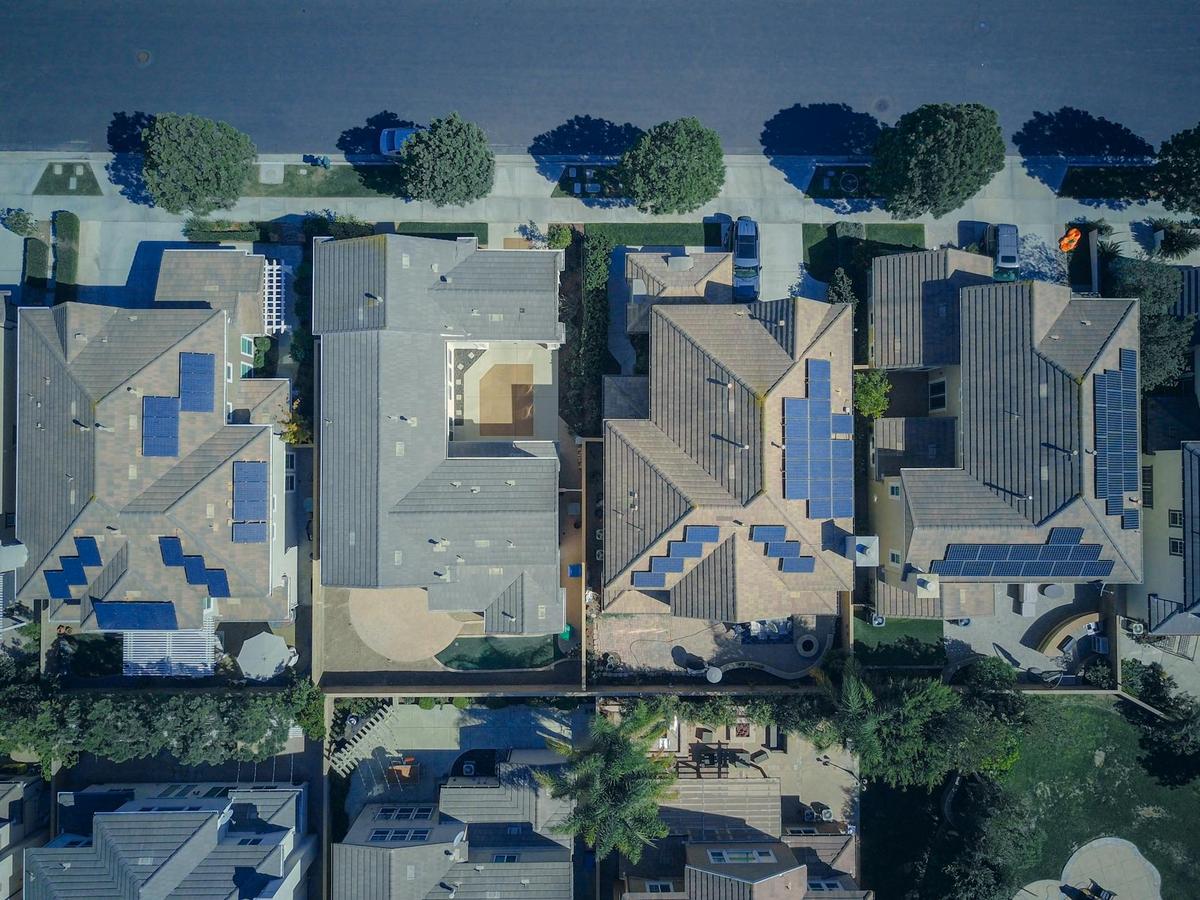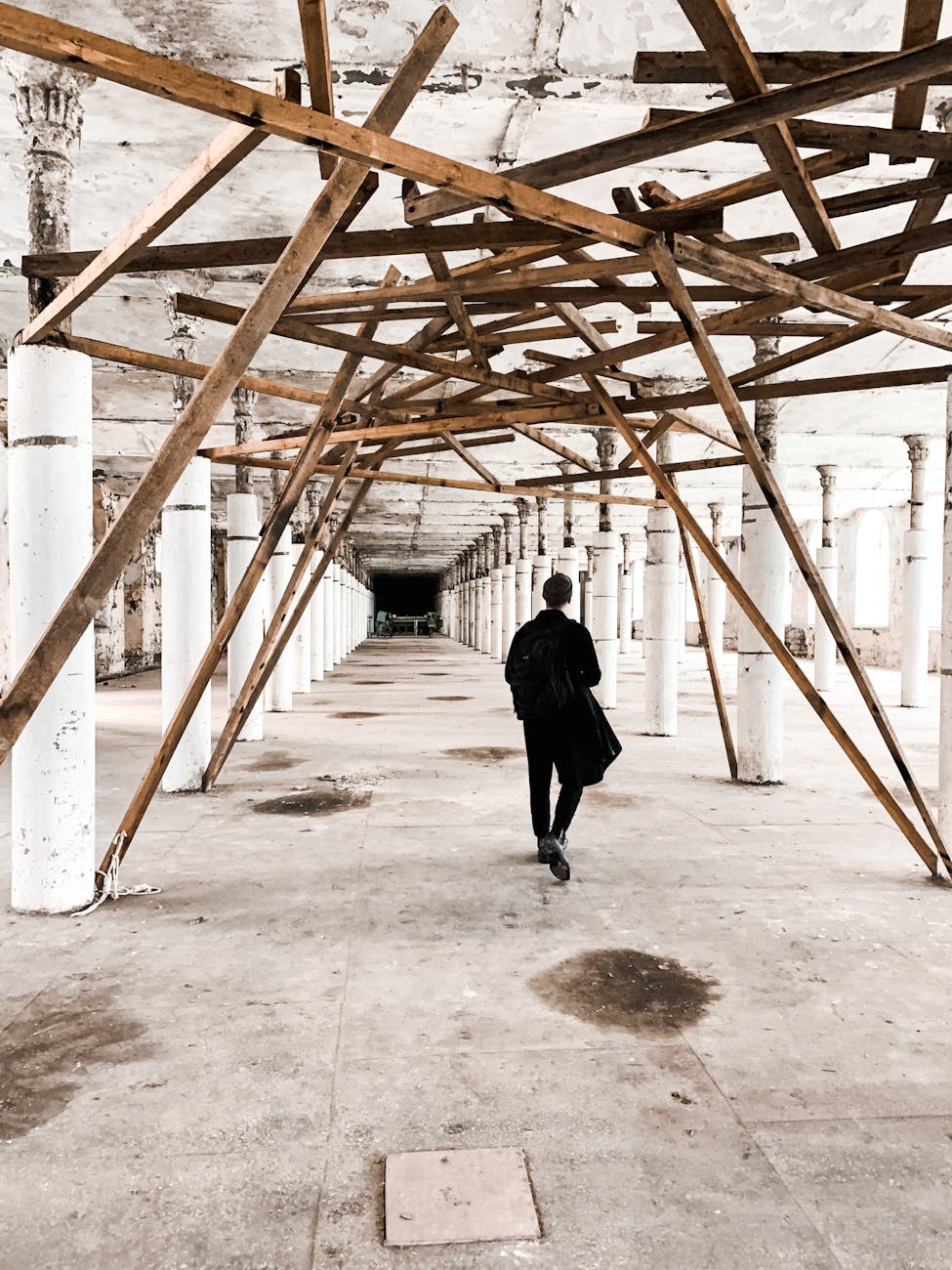
Real Estate and the Circular Economy: A Sustainable Approach
As the world increasingly recognizes the need for sustainable practices, the intersection of real estate and the circular economy offers a compelling way forward. This approach not only supports environmental goals but also presents new opportunities for investors and developers to innovate and create lasting value.
The Circular Economy Explained
The circular economy is a model that emphasizes reusing, repairing, refurbishing, and recycling existing materials and products. In contrast to the traditional linear economy, which follows a ‘take, make, dispose’ pattern, the circular economy aims to minimize waste and make the most of resources.
Why Real Estate Can Benefit
Real estate is uniquely positioned to leverage the principles of the circular economy. Buildings can be designed with flexibility in mind, allowing spaces to be repurposed or reconfigured over time. According to the Ellen MacArthur Foundation, adopting circular principles in construction could significantly reduce costs and environmental impact.
“Incorporating circular economy principles in real estate can lead to more sustainable and resilient urban spaces,” says Dr. Michael Braungart, co-author of ‘Cradle to Cradle’.
Statistics and Research
A study from the World Economic Forum highlights that buildings account for approximately 39% of global carbon emissions. By integrating circular economy practices, this footprint can be substantially reduced. Moreover, the global market for green building materials is projected to reach $364.6 billion by 2022, according to Statista.
Real-Life Example
One notable example of circular economy principles in action is the redevelopment of the former industrial site in Rotterdam. The project transformed old warehouses into energy-efficient office spaces, using recycled materials and renewable energy systems.
Actionable Tips for Implementation
- Design buildings with adaptability in mind to accommodate changing needs.
- Utilize sustainable materials that can be recycled or have a low environmental impact.
- Incorporate renewable energy systems to reduce reliance on non-renewable resources.
- Engage with local communities to ensure projects meet both economic and social sustainability goals.
Consider partnering with sustainability experts to evaluate and improve your building’s lifecycle impact. This can lead to innovative solutions and long-term cost savings.
Comparison Table: Linear vs. Circular Economy in Real Estate
| Aspect | Linear Economy | Circular Economy |
|---|---|---|
| Resource Use | Extractive | Regenerative |
| Design | Static | Flexible |
| Waste Management | Disposal | Recycling |
| Energy | Fossil Fuels | Renewables |
| Community Impact | Limited | Inclusive |
| Cost Implications | High | Reduced |
| Longevity | Short-term | Long-term |
| Innovation | Minimal | Encouraged |
FAQs
What is a circular economy?
A circular economy is a sustainable model focused on reusing, repairing, refurbishing, and recycling materials and products to minimize waste and resource consumption.
How can real estate benefit from circular economy principles?
Real estate can benefit by reducing costs, minimizing environmental impact, and increasing building adaptability and longevity.
What are some examples of circular economy practices in real estate?
Examples include using recycled materials, designing flexible spaces, and incorporating renewable energy systems into buildings.
Conclusion: Embracing the Future
As we strive for sustainability, integrating the circular economy into real estate practices offers a pathway to create more resilient, efficient, and environmentally friendly spaces. By adopting these strategies, developers and investors can contribute to a healthier planet while also reaping economic benefits. Let’s embrace this opportunity to redefine how we build and inhabit our world.


